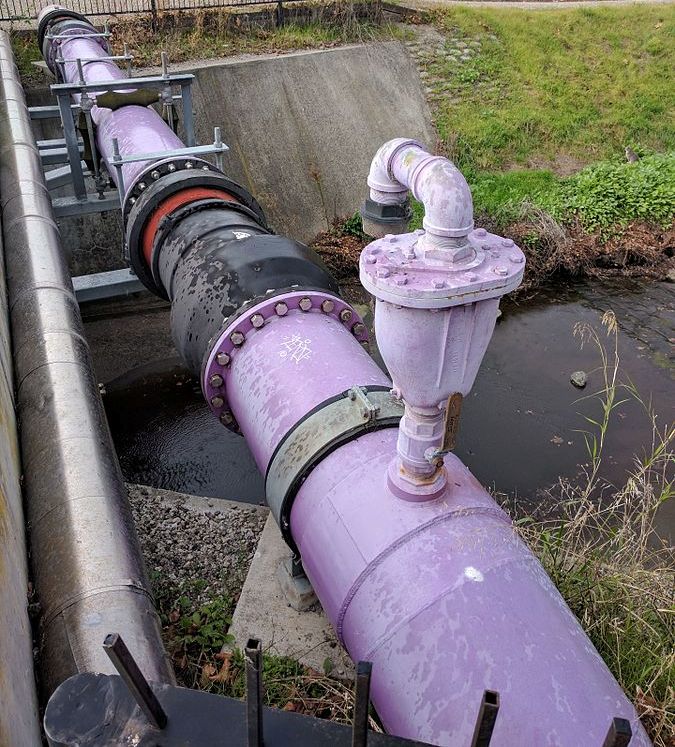A public water system is referred to certain utilities and organisations which provide drinking water. Designing water systems are usually a tedious process. It is crucial to simulate complex plant designs including a combination of several treatment steps in a single design process. This helps to save trickling water which is lost extensively in the middle stages.
Lanxess has enhanced its LewaPlus software for designing water treatment systems. With this 2.0 release, users can combine per drag and drop different technologies in one design. “Because modules can be added to a project via drag and drop, LewaPlus 2.0 is now even more intuitive to use than existing programs on the market,” says Dr. Jens Lipnizki, Technical Head at Lanxess.
The water analysis calculated by the individual modules is automatically taken over as feed to the subsequent module. During the design process, the user can change the design of the system via drag and drop.
With the upgrade, calculations can be made for designs that not only treat the purified stream of water, but also the so-called retentate (where water does not pass through the membrane). As a result, environmentally-friendly overall concepts can be calculated in order to significantly reduce the volume of wastewater produced in practice.
The intuitive design is a comprehensive tool for planning and designing an industrial water treatment system. As a result, users can precisely plan important factors such as operating costs, power consumption, and water quality. One module can even be used to model a CCRO system (closed circuit reverse osmosis). This helps to enhance the ecobalance of water treatment through the use of either ZLD (zero liquid discharge) or MLD (minimal liquid discharge) treatment processes.
Thank you for reading the story until the very end. We appreciate the time you have given us. In addition, your thoughts and inputs will genuinely make a difference to us. Please do drop in a line and help us do better.
Regards,
The CSR Journal Team


